So much rubbish has been written over the years by those who feared, revered or pretended to know Nelson Mandela that it is useful, finally, to be able to read about him and the privations of his prison years in his own contemporaneous, understated prose.
At more than 600 pages including annotations, The Prison Letters of Nelson Mandela might be regarded as a volume strictly for the liberation struggle obsessive. But this collection tells us more about the man — in his fearlessness, grace and occasional pomposity — than almost all of the good and bad books that have been written about him.
The key point about Mandela, often overlooked, is that he was high born, the son of a chief of the Thembus. So though he was required to do his bit herding the ancestral cattle, and was forced into the agony of ritual teenage circumcision, he was sufficiently privileged to be sent to the Methodist missionaries for a proper ‘white’ education.
They ensured he was much better educated than the Afrikaners who were later to enforce his incarceration. And the missionaries gave him the impeccably colonial name of Nelson in place of his given name, Rolihlahla, which roughly translates as troublemaker. Little did they know.
Mandela was sent to Robben Island in 1963 for his role in the ANC’s slightly hapless guerrilla campaign against the National party government. Immediately he began to assert himself as the leader of the political prisoners, and to take on the authorities by deploying his superior education and the innate self-confidence of his chiefly upbringing.
The apartheid prison regime was specifically designed to strip the black ‘politicals’ of their dignity. As a ‘native’ and a terrorist to boot, Mandela and his fellow treason conspirators were grade D prisoners, which meant they were classed below rapists and murderers, and forced to wear shorts, even in the cold Cape winters, while working grinding hours in the Robben Island quarry.
They were allowed only two visits a year. Letters were brutally rationed and censored of all political content, which explains why this collection disappoints as a guide to what was going on within the wider ANC.
Mandela’s manner in addressing those in authority is polite but flinty. There are letters pleading for help with the fees for his children’s and grandchildren’s private schools. He is strict in admonishing his children when they slack. He is very grand when complaining to a tribal chief about the theft of his sister’s cows.
When Downing Street overspins Mandela’s supposed appreciation for Mrs Thatcher’s diplomatic interventions with Pretoria in 1989, he is quick to rebuke the British ambassador, Robin Renwick, for overplaying his hand.
Sahm Venter, who spent a decade hunting down and annotating these letters, is the sort of editor who refuses to discard even the most trivial details, whether they concern Mandela’s spectacles or underwear.
Mandela was a martyr to dry skin and before his jailing, Pond’s Cold Cream had been at the heart of his moisturising regime. But by the late 1960s he was suffering because only inferior Vaseline was available on Robben Island. ‘Quite apart from its unsuitability and the inconvenience it occasioned,’ he reprimands the prison governor, ‘it did not help me and I was reluctantly compelled to abandon its use.’
The only other book I can think of in which Mandela’s favourite moisturiser makes an important appearance is Ferdinand Mount’s charming memoir, Cold Cream, which takes its name from his mother’s fondness for Pond’s. It is poignant to think that when trade unionists and Scandinavian human rights groups were sending Mandela pendants and greetings of solidarity, all the world’s most famous political prisoner really wanted was a jar of Pond’s.
Peter Hain’s minimalist Essential Life breaks no new ground in Mandela scholarship, but makes the good point that he went into prison a passionate, romantic man and became emotionally cauterised behind bars.
There were no conjugal visits on Robben Island; his young children were not even allowed to visit him until they turned 16. Mandela could not attend the funerals of his mother or his son, who died in a car crash. The agony of a quarter of a century of physical and social isolation is plain to see in the letters, especially when Winnie goes mad and starts terrorising children in Soweto.
In one letter to Winnie from 1970 he fantasises about their early days, ‘you convulsing your entire body with a graceful Hawaiin dance… with [my] arms outstretched ready to embrace you as you whirled towards me’.
But by the time he was released 20 years later the love had been extinguished by separation and her erratic behaviour. As Mandela later complained in his humiliatingly public divorce proceedings, after his release she never once came to his bedroom while he was awake.
Peter Hain’s parents were anti-apartheid activists in South Africa and the family left when he was a teenager and came to Britain, where he became prominent in the exiled movement. His book is a decent short primer but it sometimes betrays tiresome prejudice. It is not useful or fair to dismiss Margaret Thatcher’s engagement in South Africa in the 1980s as the actions of an ‘apartheid apologist’. As Hain of all people should know, it was a lot more complicated than that.
Many of these letters make very sad reading but sadder still, perhaps, is the realisation that Mandela’s presidency is now increasingly viewed by black South Africans as a sell-out to white interests. Even under the supposedly sensible new leader Cyril Ramaphosa, the ANC government seems set upon confiscating white farmers’ land with consequences predictable to anyone who has visited Zimbabwe.
Reading Mandela’s own words you desperately wish that his agonies and sacrifices were not in vain, but recent events in South Africa tend to suggest otherwise.
Got something to add? Join the discussion and comment below.
Get 10 issues for just $10
Subscribe to The Spectator Australia today for the next 10 magazine issues, plus full online access, for just $10.
You might disagree with half of it, but you’ll enjoy reading all of it. Try your first month for free, then just $2 a week for the remainder of your first year.

![Mandela revisits his prison cell on Robben Island in 1994 [Getty]](https://www.spectator.com.au/wp-content/uploads/2018/07/mandela.jpg?w=730&h=486&crop=1)
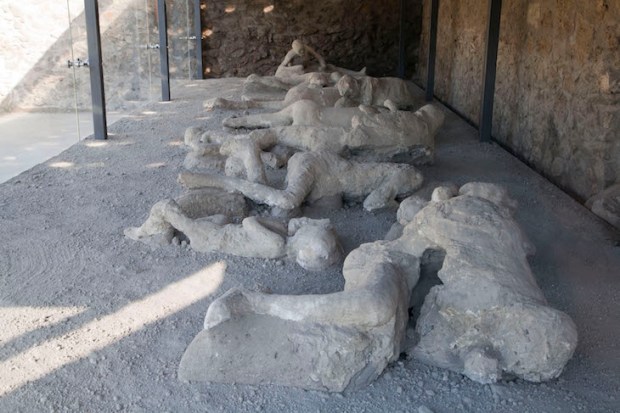
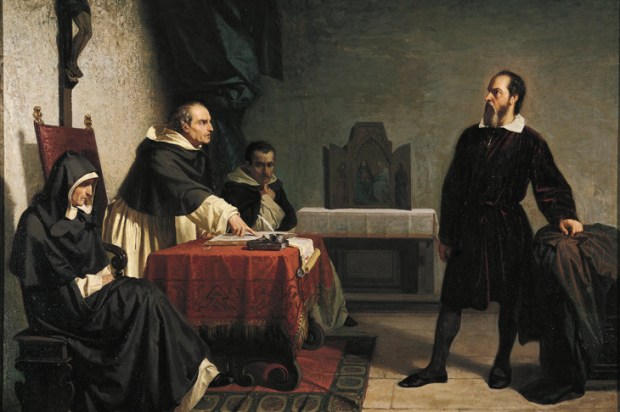
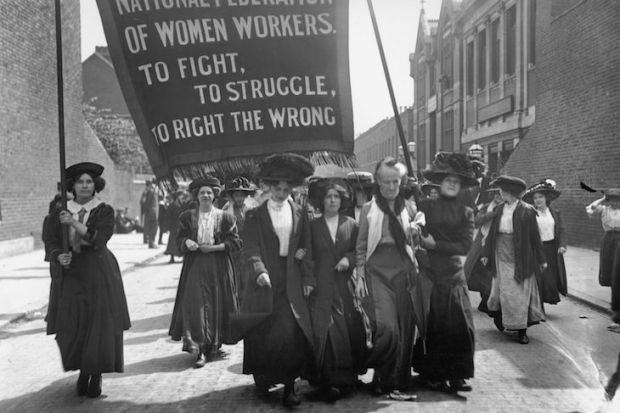
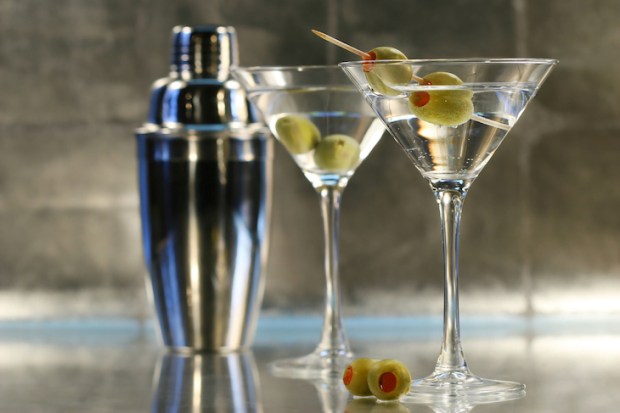
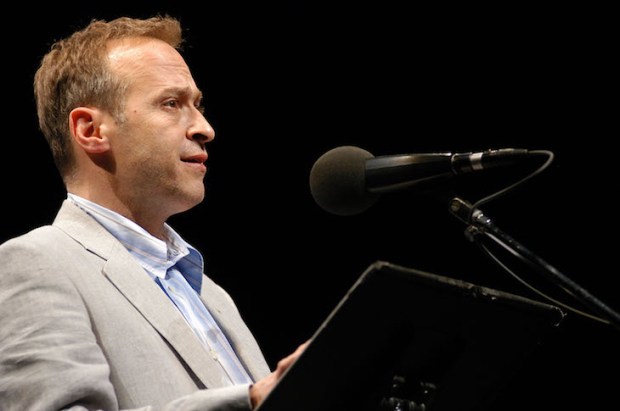
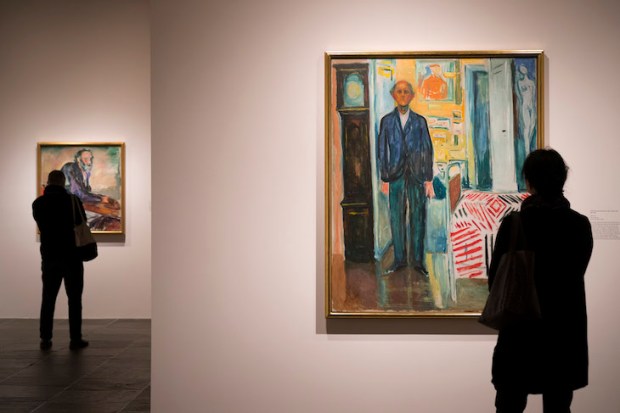






Comments
Don't miss out
Join the conversation with other Spectator Australia readers. Subscribe to leave a comment.
SUBSCRIBEAlready a subscriber? Log in